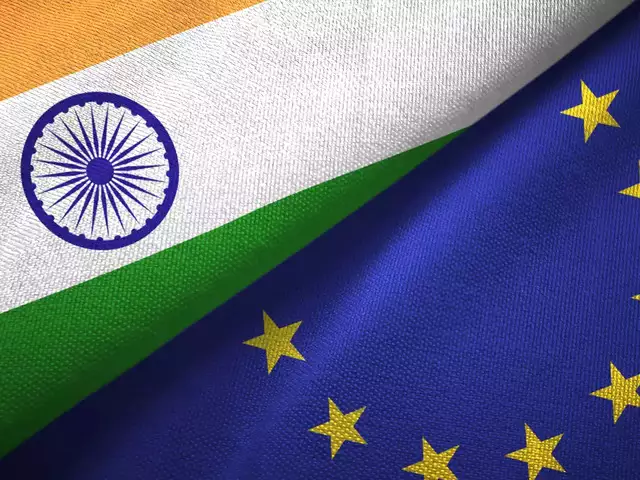
India could settle Oman and UK FTAs in early 2024
NEW DELHI : India negotiated hard to secure crucial bilateral deals with key trading partners, throughout 2023. Experts believe the country could secure Foreign Trade Agreements (FTAs) with the UK and Oman in the initial months of 2024.
With talks for the India-Oman Comprehensive Economic Partnership Agreement (CEPA) largely concluded, authorities expect the deal to be signed as early as January 2024. As for the UK-India FTA, the fourteenth round of talks is scheduled for next month.
The FTA negotiation that dominated 2023 was the one with the UK. Delhi and London have been engaged in talks for a trade pact for over 21 months now and both sides are looking to conclude deliberations before the Indian general elections force a pause. Polls in the UK also have to take place before January 2025.
“So far as FTAs are concerned, we are hopeful that maybe before April 2024 we could sign pacts with both Oman and the UK. With the European Union (EU), negotiations will move forward, but dealing with 28 countries is not easy, so I am not expecting a final deal to come through soon,” Ajay Sahai, DG & CEO of the Federation of Indian Export Organisations (FIEO) told.
Since India formally announced a decision to not join the multi-nation Regional Comprehensive Economic Partnership (RCEP) in 2020 after seven years of talks, the government has seemingly shifted focus on concluding trade pacts with individual nations or groupings such as the UK and the EU.
In December 2022, Commerce Minister Shri Piyush Goyal said that the government was hopeful of signing two more free trade agreements in 2023 citing talks scheduled with the likes of the UK, EU and Canada.
But things did not turn out as anticipated. While, with the UK, signing an FTA hinges on resolving issues around rules of origin and London’s demand for tariff concessions on electric vehicles and services, hopes of an interim trade pact with Canada were dashed after the two sides suspended talks as diplomatic relations worsened. But experts believe that be it for strategic or diplomatic reasons, India should not hurry into a free trade pact.
“FTA is a two-country process. India is very correct in not signing trade pacts till they are fully satisfied. World over this happens. The EU negotiated with ASEAN for years and then dumped the plan. If India is not getting enough out of an FTA, it should not sign it,” Global Trade Research Initiative (GTRI) Co-Founder, Ajay Srivastava, said.
Outlook 2024
According to Srivastava, India’s “Look West” policy will dominate its export strategy in 2024. Apart from that, new and emerging matters such as digital trade and sustainability will also be a key aspect of FTA talks going ahead.
“The focus from Look East to Look West now will dominate 2024. All our important FTAs, with Japan, South Korea, Australia, and ASEAN are located on the eastern side. Now we are talking to the USA, EU, UK and Switzerland, which are all developed western countries. We are shifting focus from east to west. Second, all these FTAs require negotiating on many new areas like digital trade, sustainability, environment and labour. These become dominant. If you talk of the outlook, India considers FTAs as one of its key export promotion strategies, which is why It is going ahead confidently on the FTA path,” Srivastava told
Not just new trade pacts, FIEO’s Sahai believes expanding existing trade pacts with nations would also go a long way in helping India enhance its export competitiveness.
Sahai was referring to India’s plans for an ambitious Comprehensive Economic Co-operation Agreement (CECA) with Australia, which will build upon the existing Economic Co-operation and Trade Agreement (ECTA) between the two nations that came into force on December 29, 2022.
India’s export strategy to tap newer markets for Indian goods would be key to arresting the impact of a demand slowdown across the globe. Even as the country’s merchandise trade deficit narrowed to $20.58 billion in November 2023, exports continued their contraction trend, falling 2.84 percent on-year last month.
For April-November, merchandise exports were down 6.5 percent year-on-year at $278.8 billion, while imports contracted by 8.67 percent to $445.15 billion during the same period.
